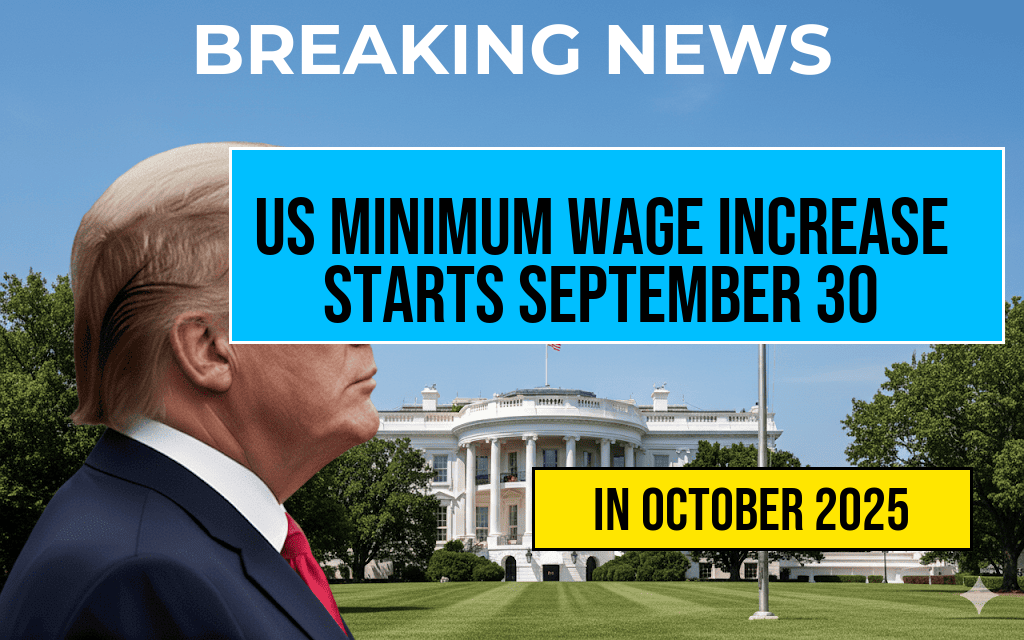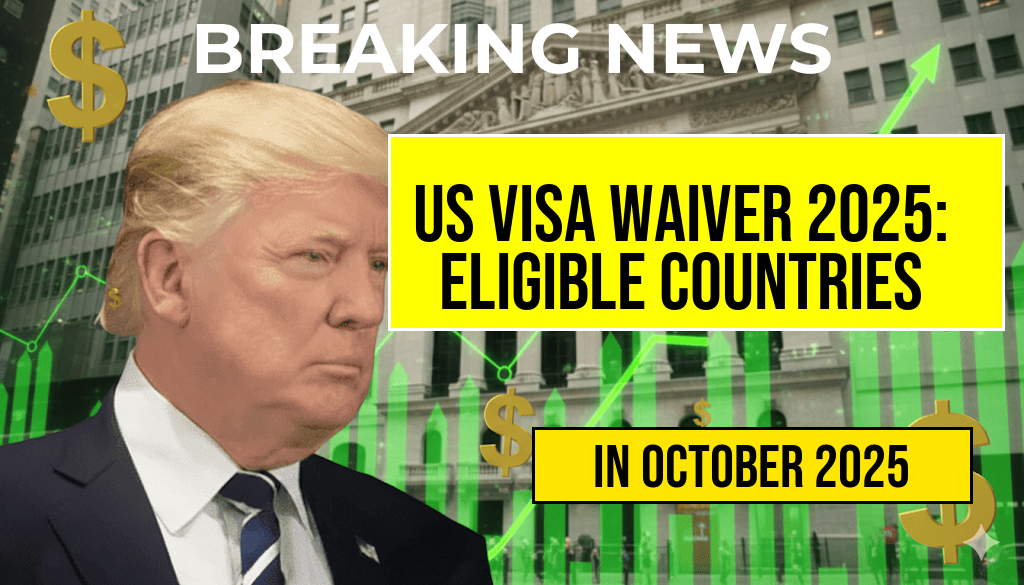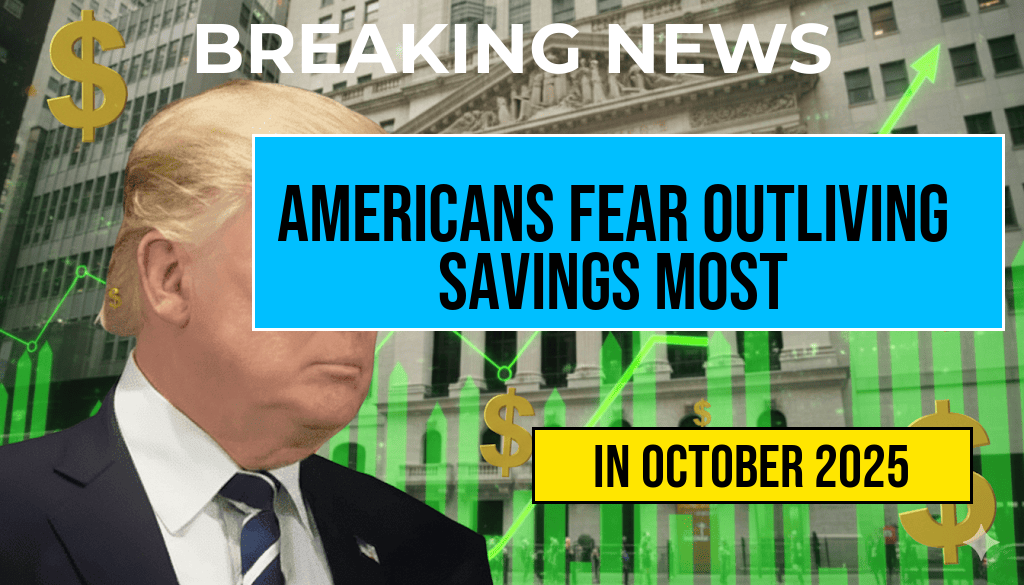The United States is set to see a nationwide increase in the minimum wage starting September 30, 2025, marking a significant adjustment aimed at addressing economic inflation and improving living standards for millions of workers. This change follows recent legislative actions and state-level decisions that collectively influence the federal minimum wage and set new benchmarks across various regions. As the new rates take effect, employers, employees, and policymakers are scrutinizing the implications for labor markets, economic growth, and income distribution. This article provides a comprehensive overview of the upcoming updates, including the full list of new hourly rates by state and jurisdiction, along with context on the factors driving this adjustment and its expected impact.
Background on the Minimum Wage Increase
The increase in the federal minimum wage is rooted in the Fair Minimum Wage Act, which mandates periodic updates to ensure wages keep pace with inflation and economic shifts. The last significant federal adjustment occurred in 2009, with a gradual increase scheduled over the following years. However, recent economic pressures, including rising inflation rates and cost of living, prompted calls for a more immediate and substantial update. As a result, Congress authorized a phased increase, culminating in the new rates that will be implemented on September 30, 2025.
States and local governments retain the authority to set minimum wages above the federal level, resulting in a patchwork of rates across the country. Some jurisdictions have already adopted higher minimum wages through local ordinances, and the upcoming federal increase will influence these regional standards further. Employers across various sectors are expected to adapt to these changes, impacting wage structures, staffing costs, and consumer prices.
Details of the New Hourly Rates
Effective September 30, 2025, the federal minimum wage will increase from its current rate of $7.25 per hour to $10.75 per hour. While this represents a significant rise, numerous states and localities are implementing even higher rates based on their legislative frameworks. The following table summarizes the new minimum wages across key jurisdictions:
| State/Location | New Hourly Rate | Notes |
|---|---|---|
| California | $16.00 | Higher than federal; phased in over several years |
| New York | $15.75 | Varies by region; New York City higher |
| Texas | $10.75 | Matching federal minimum |
| Florida | $12.00 | Effective from September 30, 2025 |
| Illinois | $13.50 | Incremental increases set for upcoming years |
| Washington | $15.00 | One of the highest state minimum wages |
| Arizona | $13.00 | Scheduled increases over the next two years |
| Oregon | $14.50 | Varies by region; includes Portland |
| Pennsylvania | $12.50 | Effective date aligned with federal increase |
| Georgia | $10.75 | Matching federal minimum wage |
Note that these figures may be subject to further adjustments based on legislative changes or inflation adjustments. Additionally, some cities such as Seattle and Los Angeles have their own minimum wage laws that exceed state or federal levels, and these will remain in effect.
Factors Influencing the Wage Adjustment
Inflation and Cost of Living
Economic indicators, including inflation rates and rising consumer prices, are primary drivers behind the wage increase. The U.S. Bureau of Labor Statistics reports that inflation has hovered around 3-4% annually over the past few years, eroding the purchasing power of minimum wage workers. Policymakers argue that increasing wages is essential to bridge the gap between stagnant pay and rising living expenses, especially in urban centers and regions with high housing costs.
Legislative and Political Developments
The legislative process that led to this increase involved negotiations within Congress, balancing economic growth with workers’ rights. Advocates for a higher minimum wage cite improved standards of living and reduced poverty as key benefits, while opponents warn of potential job losses and increased business costs. The bipartisan support for this phased increase reflects a recognition of the need to adapt wage policies to contemporary economic realities.
Implications for Employers and Employees
- For Employers: Organizations will need to update payroll systems to incorporate the new rates and reassess wage structures. Sectors with tight profit margins, such as retail and hospitality, might face increased labor costs, potentially leading to adjustments in staffing or pricing strategies.
- For Employees: Workers earning at or near the minimum wage will see immediate gains in their hourly earnings, which could translate into higher annual income and improved financial stability. However, the wage hike may also influence employment opportunities and hours available, especially in low-margin industries.
- For the Economy: The increase aims to stimulate consumer spending by boosting disposable income, though some economists caution about potential inflationary pressures or employment shifts resulting from higher labor costs.
Looking Ahead
States with legislated minimum wages above the federal level are expected to continue adjusting their rates independently of the federal schedule. Additionally, ongoing debates about raising the federal minimum wage beyond $10.75 remain active, with proponents emphasizing the need for a living wage standard nationwide. For detailed updates on regional wage laws and future legislative proposals, resources such as the Wikipedia article on minimum wage in the U.S. and the Forbes report on minimum wage impacts provide valuable context and analysis.
Frequently Asked Questions
What is the effective date of the new U.S. minimum wage rates?
The new U.S. minimum wage rates will become effective starting September 30, 2025.
Which states or regions are affected by the minimum wage increase?
This minimum wage increase applies to various states and regions across the United States, with a full list of new hourly rates detailed in the article.
How much will the minimum wage increase in specific areas?
The hourly rates will vary depending on the state or region, with each area’s new minimum wage specified in the full list provided in the article.
Are there any exemptions or special provisions related to the new minimum wage?
Some exemptions or special provisions may apply, such as for tipped employees or certain industries; details are outlined within the full list of new rates.
How will this minimum wage increase impact employers and employees?
The increase in minimum wage aims to improve earnings for employees while potentially affecting employer costs and pricing strategies; employers should review the new rates to ensure compliance.










